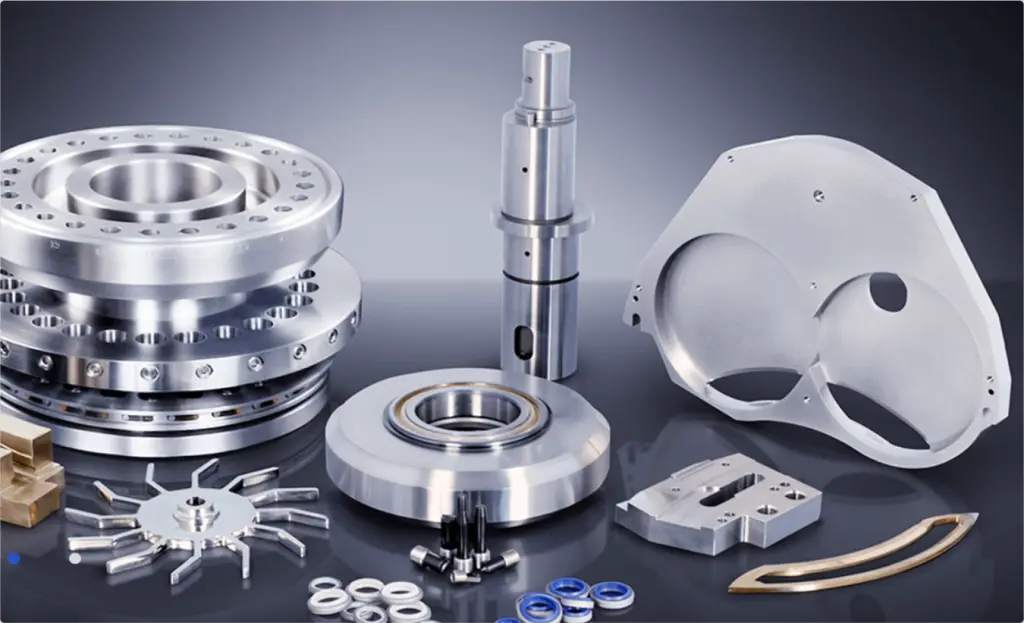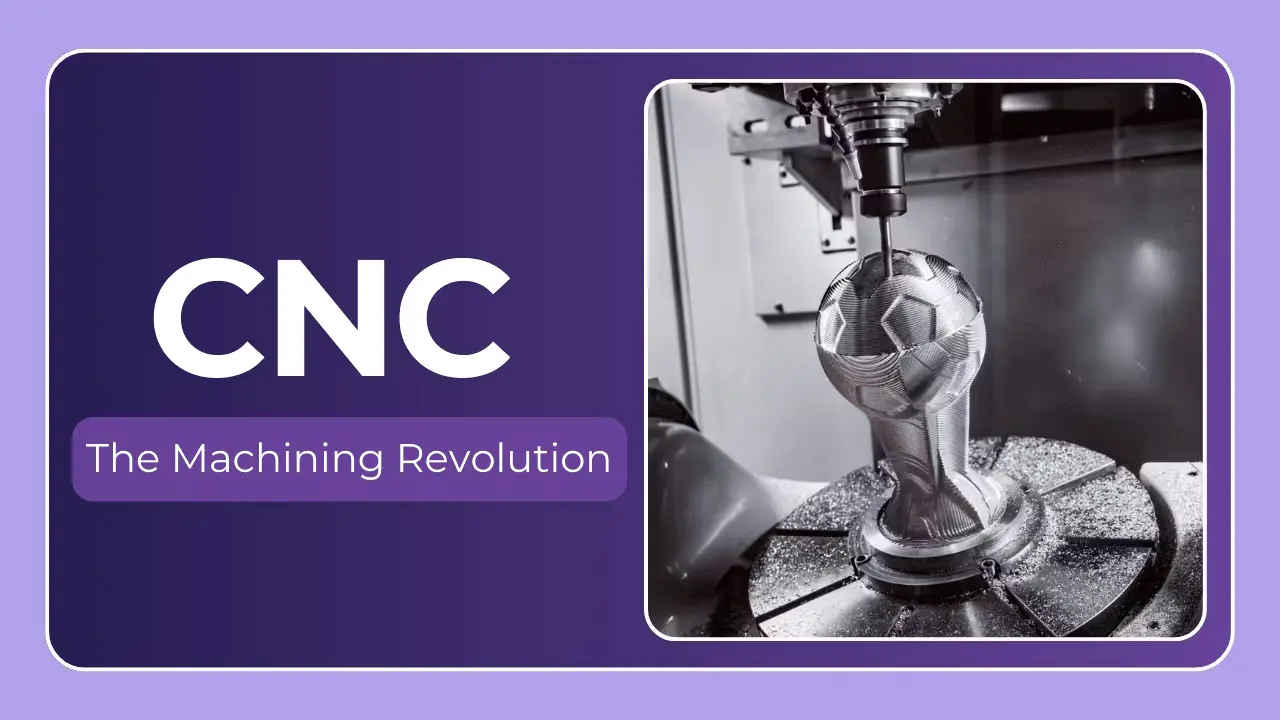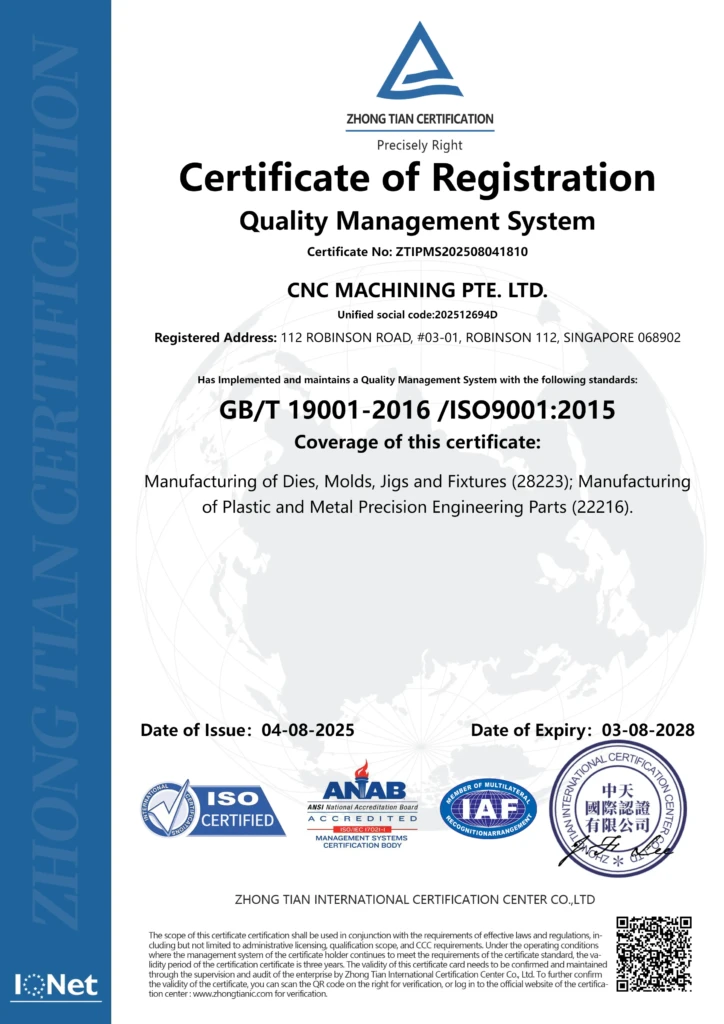Precision CNC Machining Suppliers for Medical Devices
What are Medical Devices?
Medical devices encompass a wide range of instruments, machines, implants, and diagnostic tools used in healthcare to diagnose, treat, or monitor medical conditions. These devices vary from simple tools like tongue depressors to highly sophisticated equipment like robotic surgical systems.
Medical devices are classified into categories based on their complexity and risk level:
- Class I: Low-risk devices (e.g., bandages, examination gloves).
- Class II: Medium-risk devices requiring regulatory controls (e.g., infusion pumps, surgical instruments).
- Class III: High-risk devices that sustain or support life (e.g., pacemakers, implants).
What Qualifications are Needed to Produce Medical Devices?
Producing medical devices demands strict adherence to regulatory standards, specialized expertise, and quality assurance protocols. Here are the key qualifications:
Material Expertise: Knowledge of biocompatible materials and their properties.
Compliance with Regulatory Standards:
FDA (U.S.): Ensures safety and effectiveness.
NMPA (China): Governs medical devices and ensures quality.
ISO 13485: International standard for quality management in medical devices.
State-of-the-Art Equipment: Advanced machinery like CNC machines, 3D printers, and finishing tools.
Skilled Workforce: Trained engineers and technicians proficient in medical-grade manufacturing.
Cleanroom Environments: To prevent contamination during manufacturing.
Materials Used in Medical Devices
The table below lists common materials, their properties, and their advantages and disadvantages:
| Material | Properties | Advantages | Disadvantages |
|---|---|---|---|
| Stainless Steel | Corrosion-resistant, durable | High strength, biocompatible | Heavy, expensive |
| Titanium | Lightweight, corrosion-resistant | Excellent biocompatibility, durable | High cost, difficult to machine |
| Polycarbonate | Transparent, impact-resistant | Lightweight, sterilizable | Prone to scratching |
| Silicone | Flexible, heat-resistant | Biocompatible, versatile | Limited structural strength |
| PEEK (Polyetheretherketone) | High strength, heat-resistant | Biocompatible, lightweight | Expensive, challenging to process |
| Aluminum | Lightweight, corrosion-resistant | Cost-effective, machinable | Lower strength compared to steel |
Main Manufacturing Processes for Medical Devices
The table below outlines the primary manufacturing processes, their methods, equipment, and advantages and disadvantages:
| Process Name | Equipment Used | Production Methods | Advantages | Disadvantages |
| CNC Machining | CNC Mills, Lathes | Subtractive manufacturing | High precision, repeatability | Material waste, setup cost |
| Rapid Prototyping | 3D Printers | Additive manufacturing | Speed, complex geometries | Limited material options |
| Rapid Tooling | Injection molding tools | Tool prototyping | Cost-effective for low-volume production | Limited lifespan of tools |
| Vacuum Casting | Silicone molds | Casting | Low-cost prototypes | Limited durability |
| Metal Die Casting | Die casting machines | High-pressure casting | Mass production, consistent quality | High initial tooling cost |
| 3D Printing | Stereolithography (SLA), FDM | Layer-by-layer deposition | Customization, no tooling needed | Slower for high-volume production |
| Surface Finishing | Polishing machines, Coating equipment | Finishing treatments | Enhanced durability, aesthetics | Additional time and cost |
Common Medical Devices
- Plantar Fasciitis Medical Devices: Designed for foot support and pain relief.
- Postural Orthostatic Tachycardia Syndrome (POTS) Devices: Used to monitor and manage heart rate and blood pressure.
- Inguinal Hernia Medical Devices: Support devices for hernia management.
- RMU Medical Devices: Compact, portable devices used in monitoring.
- Stryker Corporation Devices: Advanced surgical and orthopedic devices.
Key Questions About Medical Devices
Medical Device News Magazine Notes
Medical Device News Magazine serves as a resource for industry updates, innovations, and regulations.
Can Medical Device Manufacturers Outsource PMCF?
Yes, manufacturers often outsource Post-Market Clinical Follow-ups (PMCF) to specialized firms to ensure compliance and collect necessary data.
Example of Medical Device Quality Plan Template
A quality plan typically includes:
- Objectives and scope
- Compliance with standards (e.g., ISO 13485)
- Risk management strategies
- Testing and validation protocols
- Continuous improvement processes
NMPA vs FDA in Software of Medical Devices
The NMPA and FDA have distinct regulatory frameworks:
- NMPA: Focus on cybersecurity and data localization.
- FDA: Emphasis on interoperability and real-world evidence.
Why Choose Great Light?
Great Light stands out as a premier supplier of precision CNC machining and rapid prototyping solutions for medical devices. With advanced technology, expertise, and a commitment to quality, Great Light ensures efficient production of complex devices, meeting diverse client needs.
Services Offered:
- Precision CNC machining
- Rapid prototyping
- One-stop post-processing and finishing services
Precision CNC Machining Suppliers For Medical Devices:Order your customized medical devices today and receive the best CNC machining quote from Great Light!





